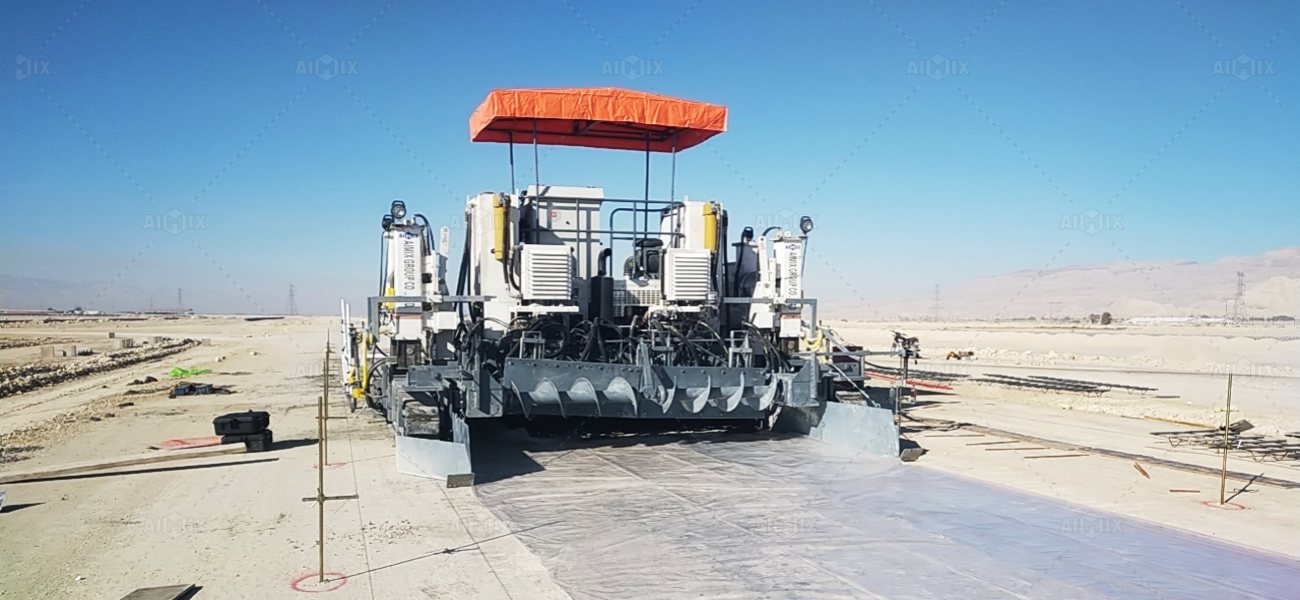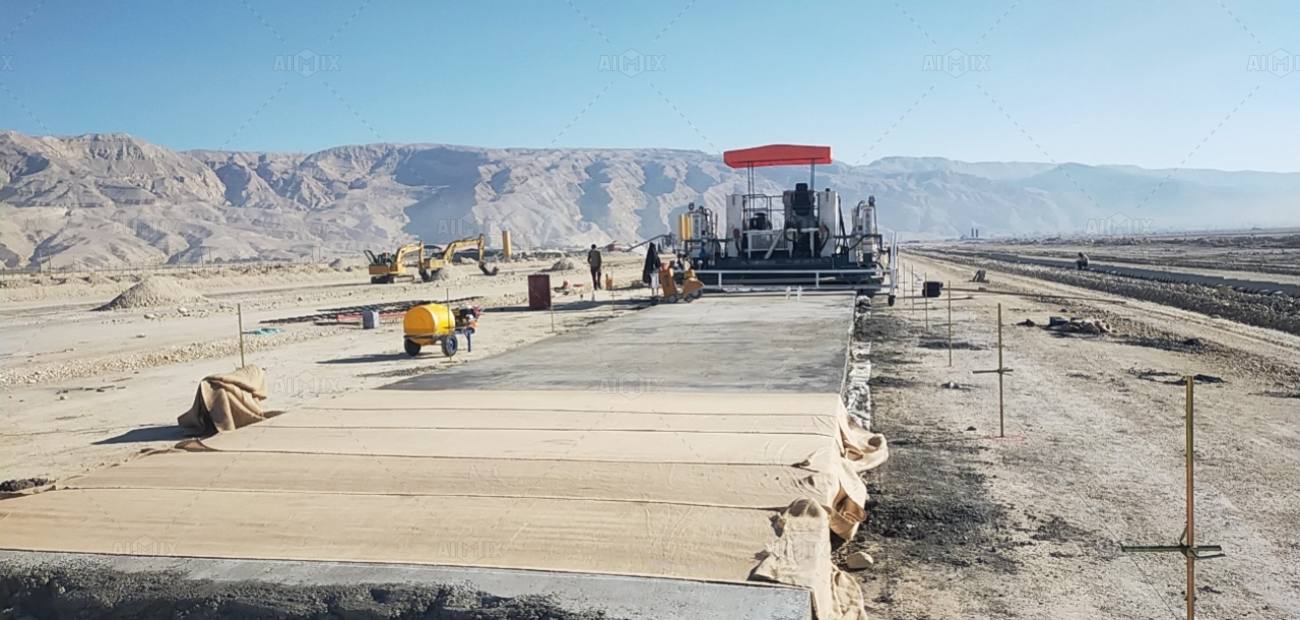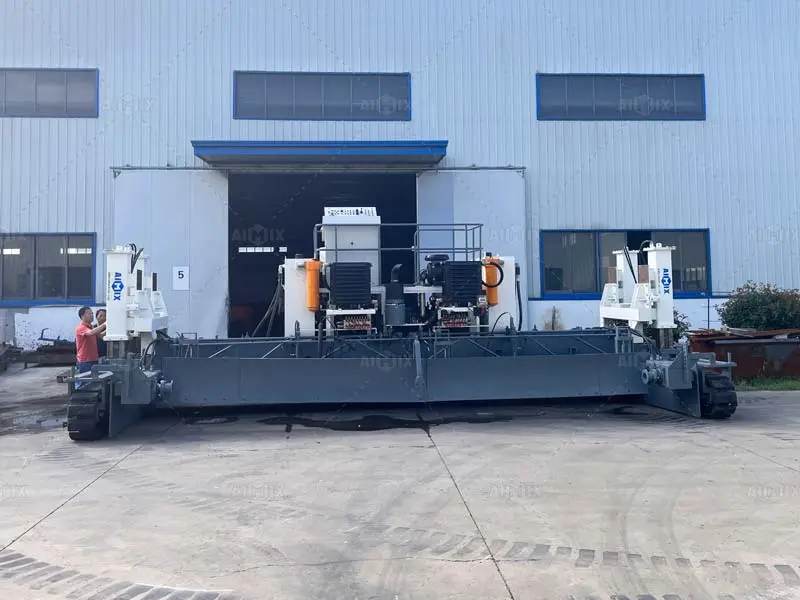Modern construction projects demand precision, efficiency, and consistency, especially when it comes to road building and large-scale paving works. Concrete paving machines have evolved significantly over the years, transitioning from simple mechanized equipment to sophisticated, sensor-driven machines. At the heart of this transformation are sensors and control systems, which play a critical role in optimizing operations, improving quality, and reducing labor-intensive work.

Concrete paving machines, also known as slipform pavers, are used to lay concrete for roads, highways, airport runways, and large industrial floors. Traditional paving required manual labor to pour, level, and finish concrete, which was time-consuming and prone to inconsistencies. Modern machines automate much of this process, but the real leap in performance comes from integrating advanced sensors and control systems.
These systems monitor, adjust, and regulate multiple aspects of the paving process, ensuring smooth, level, and durable surfaces. For construction managers and contractors, understanding these technologies is crucial for selecting the right machine for their projects.
Sensors are the “eyes and ears” of modern paving equipment, constantly collecting real-time data to guide the machine’s operations. Key types of sensors include:
Control systems are the “brain” of modern concrete paving machines. They process data from the sensors and automatically adjust machine operations to achieve optimal paving results. Modern control systems may be programmable logic controllers (PLCs), microprocessors, or integrated touchscreen interfaces that allow operators to monitor and control multiple functions.
Key functions of control systems include:

The integration of sensors and control systems offers multiple advantages:
Leading manufacturers of concrete paving machines, like Aimix, now offer fully sensor-integrated models capable of high-precision paving. Some machines feature GPS-guided grade control for long highways, while others incorporate thermal sensors to adjust for changing weather conditions. In large airport projects, these systems ensure perfectly smooth, level surfaces capable of withstanding heavy aircraft loads.
The future of concrete paving machines is moving toward even smarter systems, including AI integration and machine learning. These technologies can predict optimal paving parameters based on historical data, environmental conditions, and material properties. Additionally, wireless connectivity and cloud-based monitoring will allow operators to oversee multiple machines on large construction sites simultaneously, further improving efficiency and safety.

Sensors and control systems have revolutionized modern concrete paving machines, transforming them from labor-intensive equipment into highly automated, precise, and efficient tools. They improve paving quality, reduce labor costs, enhance safety, and increase productivity. For contractors and construction managers, understanding these systems is critical for selecting the right machine and achieving superior project outcomes. As technology continues to advance, the role of sensors and control systems in concrete paving machines will only grow, paving the way for smarter, safer, and more efficient road construction.